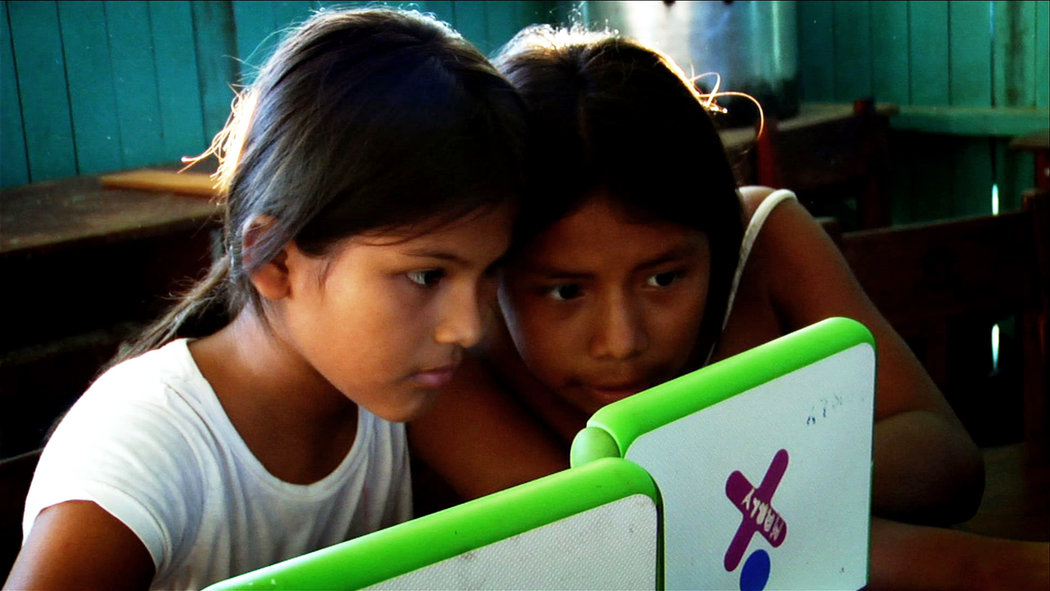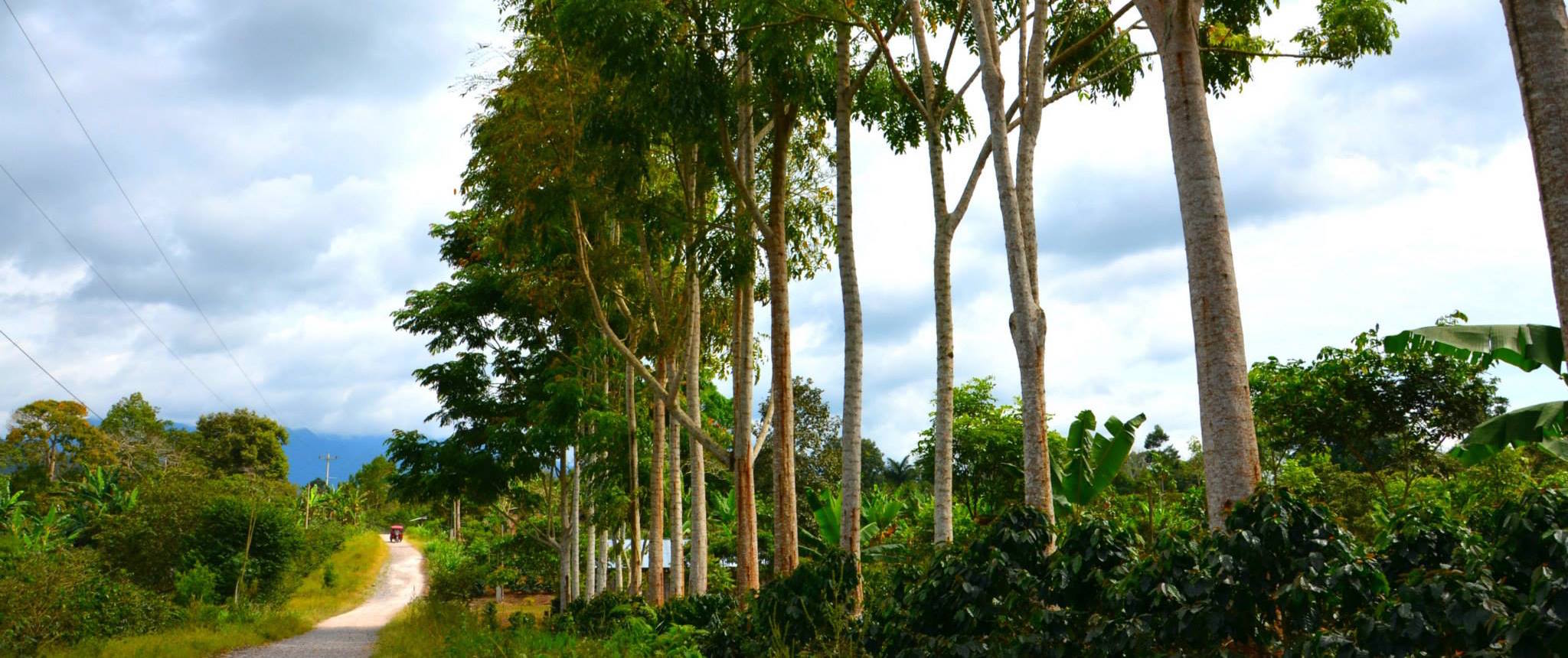
“Development moves like a turtle,” muses a resident of Palestina, Peru, a remote Amazonian village accessible only by riverboat. “Wiring the Amazon”, a short documentary by Michael Kleiman, chronicles the progress of Palestina as it struggles to connect to the outside world through satellite telephone and internet connections, accompanied by government programs to bring laptops to students in remote communities. Speaking with TEL, Michael Kleiman explained that Wiring the Amazon is part of a longer documentary that explores the power of connectivity in accelerating the development of isolated areas. While the documentary also offers examples of how connectivity can chip away at core values such as community and friendship, Information & Communication Technologies (ICTs) hold promise to reduce poverty, increase productivity and boost economic growth while improving accountability and governance. Last mile communities with ICT infrastructure do far more than chat and play online games. They learn where it is best to fish and at which markets to sell their products. They trace cattle from pastures to supermarkets. They pay bills, send remittances and receive cash transfers. They do business on mobile phones. They utilize the tools in ways that better their lives and increase productivity.
Indeed, strong demand for increased connectivity in communities like Palestina is driving governments, NGOs and the private sector to deliver sustainable solutions. Globally there are four billion people not yet using the Internet, 90% of whom live in developing countries. Internet penetration rates have reached 70% in developed countries, but lag at 32% in developing countries. In Peru 64% of rural villages have access to mobile phones while only 11.9% have access to internet. But isolated communities exhibit a perfect storm of complex characteristics that make the successful introduction of Information and Communication Technologies (ICTs) a huge challenge. Among these obstacles are high geographic dispersion, lack of electricity and infrastructure, high levels of poverty and illiteracy, and small populations. Combined, these challenges have historically repelled private sector telcos and stymied government intervention.
In Peru, however, the Ministry of Transport and Telecommunication is funding projects in collaboration with a coalition of NGOs and private telcos to make remote connectivity a reality. Among them is GTR-PUCP or ‘The Rural Telecommunications Research Group’, a Peruvian organization focused on the development and promotion of rural telecommunications in Latin America. In conversations with TEL, GTR-PUCP co-founder Luis Camacho pointed to two key factors in tackling problems of remote connectivity: orgware and well-trained personnel. While solid orgware requires community leaders and decision makers to welcome and support development projects, for any project to be sustainable in the long term it is also necessary to ensure that community members are trained in the capacity to maintain hardware and systems. Citing connectivity projects in the Peruvian Amazon begun over seven years ago, for which local communities still count on his team for maintenance support, Camacho underscored problems of programmatic sustainability when such dependence is a factor.
Based on his time spent in Palestina, Michael Kleiman is inclined to agree. While he notes the enthusiasm with which villagers embraced the arrival of phone and internet access, Kleiman's work conveys the frustration of community leaders in Palestina who were unequipped to perform routine maintenance on routers and laptops. Camacho suggests that failed outcomes can be averted by not only providing improved training and capacitation programs to community stakeholders, but also by utilizing simpler yet equally robust communication technologies. GTR PUCP points to wireless alternatives that are both cost-effective and easy to install compared to wired solutions, including Wi-Fi, VHF (Very High Frequency) and HF (High Frequency) radio communications, WiMAX (Worldwide Interoperability for Microwave Access), and VSAT (Very Small Aperture Terminals) satellite communication. No matter the technology, a renewable energy source and a well-established evaluation and monitoring system are essential for rural connectivity to succeed.
Although Palestina has enjoyed renewed - even if sporadic - internet connectivity since initial implementation, ‘Wiring the Amazon’ ends with scenes of broken student laptops from the One Laptop Per Child program (OLPC). “Dump hardware in schools, hope for magic to happen.” So goes a ‘worst practice’ for ICT in education, as expressed by Michal Trucano, ICT & Education Specialist with the World Bank. While Trucano indicates that the Peruvian government’s intent was to “combine the provision of laptops with a pedagogical model targeted toward increased achievement by students,” the program’s rollout was plagued by insufficient educational content, teacher training and - especially in the case of rural communities - technological maintenance and upkeep.

